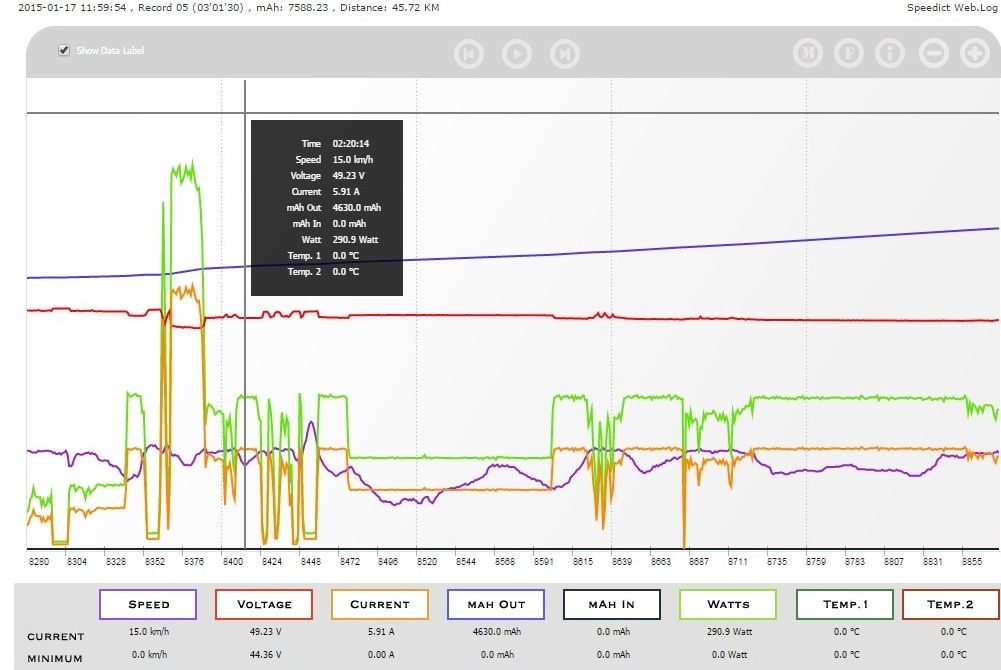Most of the crank drive bikes I have ridden use a torque sensor whereas most of the hub drive bikes use a speed sensor. But there seems no definite reason for this. I understand the theory that a torque sensor effectively replicates the natural riding style but adding some assistance whereas the speed sensor provides power controlled manually via the PAS selector and therefore is a less natural power addition.
To be specific do members think on a high end value hub drive bike they would expect a torque or speed sensor?
Do members think on a high end value crank drive bike they would expect a torque or speed sensor?
What are the implications of a throttle in all applications?
Dave
KudosCYcles
To be specific do members think on a high end value hub drive bike they would expect a torque or speed sensor?
Do members think on a high end value crank drive bike they would expect a torque or speed sensor?
What are the implications of a throttle in all applications?
Dave
KudosCYcles







